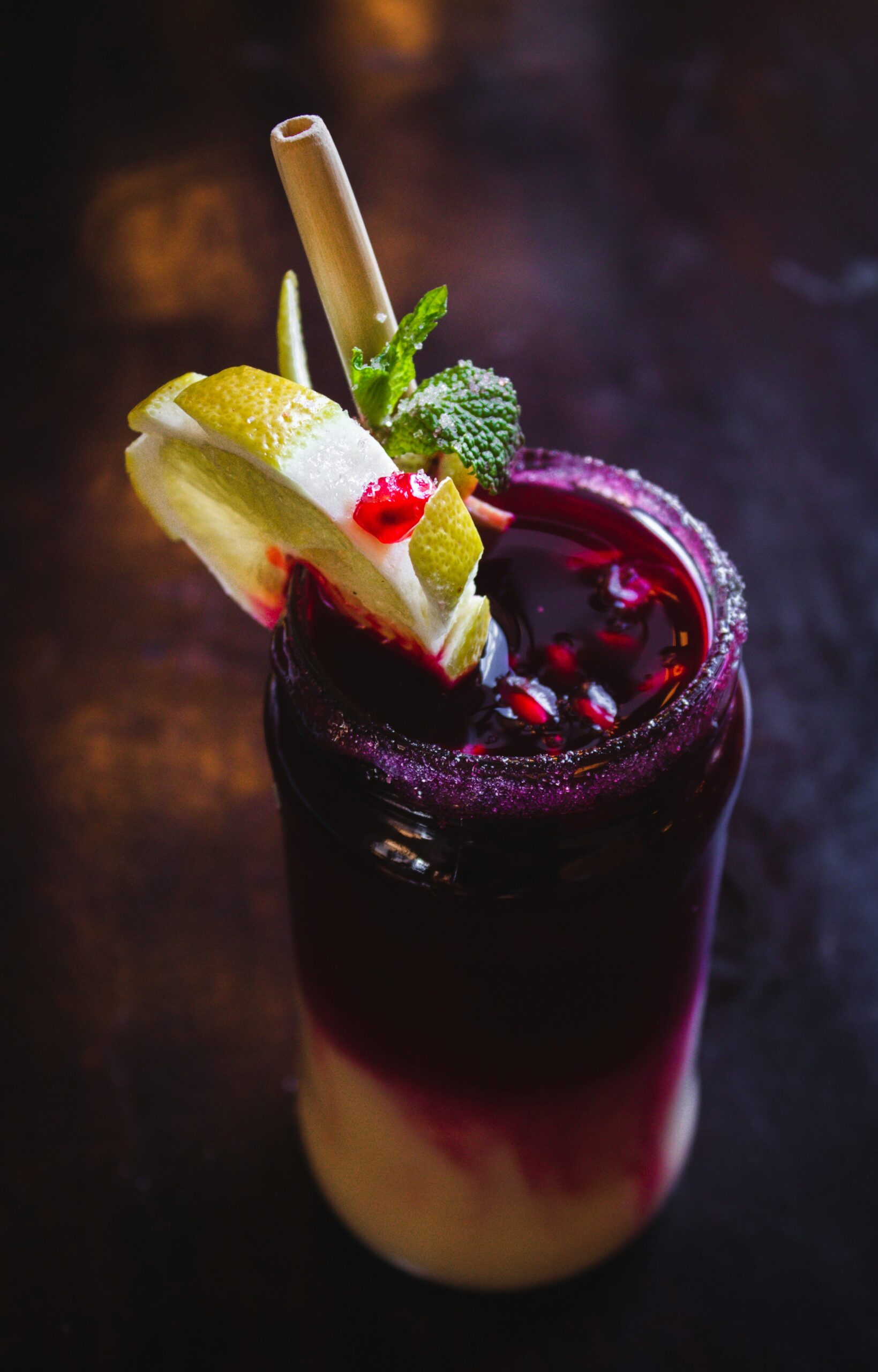

Introduction to Food Blogging and Cultural Recipes
Food blogging has taken the culinary world by storm, transforming how we experience and share recipes. With just a click, you can explore an array of flavors from every corner of the globe. Cultural recipes embody traditions passed down through generations, capturing not only taste but also stories and heritage.
Imagine savoring a dish that connects you to distant lands or family gatherings long gone. Each recipe tells its own tale, celebrating unique ingredients and methods that have stood the test of time. As food bloggers embrace these rich traditions, they play a crucial role in showcasing cultural diversity on our plates.
Join us as we dive into the importance of preserving cultural cuisine and how it enriches our understanding of one another’s backgrounds while keeping culinary arts alive for future generations.
The Importance of Preserving Cultural Cuisine
Cultural cuisine is more than just food; it’s a reflection of history, tradition, and identity. Each dish tells a story that connects generations.
When we preserve these recipes, we honor the past while enriching our present lives. Traditional cooking methods often come with unique techniques passed down through families. They provide insights into the culture’s values and customs.
Food has an incredible power to build bridges between people. Sharing cultural dishes fosters understanding and appreciation among diverse communities. It can spark conversations about heritage and encourage curiosity about different ways of life.
Moreover, as globalization influences modern dining experiences, there’s a risk of losing traditional flavors and practices. By keeping cultural recipes alive, we maintain the richness of our culinary landscape while celebrating variety in flavor profiles across cultures.
Traditional vs. Modern Approaches to Cooking
Cooking has always been a blend of art and science. Traditional methods often rely on time-honored techniques passed down through generations. Think slow simmering stews or hand-rolled pasta made with love.
On the other hand, modern approaches embrace innovation and convenience. Sous-vide cooking, instant pots, and air fryers have transformed how we prepare meals. They allow for precision and experimentation in ways that grandmothers never imagined.
Yet, there’s magic in both worlds. Traditional recipes carry stories, rich flavors born from history. Modern twists breathe new life into those cherished dishes, making them accessible to today’s busy cooks.
Balancing these two styles can create culinary masterpieces that honor the past while embracing the future. Every dish tells a story; it just depends on which chapter you choose to highlight.
Benefits of Incorporating Cultural Recipes in Food Blogging
Incorporating cultural recipes in food blogging opens a window into diverse culinary worlds. Each recipe tells a story, connecting readers to different traditions and histories.
Sharing these dishes fosters appreciation for various cultures. It educates audiences about unique ingredients, cooking techniques, and the significance behind each meal.
Cultural recipes also promote inclusivity within the food community. They invite conversations around heritage and personal experiences related to specific cuisines.
By featuring authentic flavors from around the globe, bloggers can inspire creativity in their audience’s kitchens. This encourages adventurous palates eager to try new things.
Moreover, highlighting these recipes helps preserve them for future generations. As families pass down beloved dishes through storytelling, food blogs serve as digital archives of treasured culinary practices.
Incorporating cultural recipes enriches not just individual blogs but also broadens horizons within the entire food blogging landscape.
Conclusion: Celebrating Diversity through Food
Food has a unique way of bringing people together. Each dish tells a story, reflecting the culture and traditions from which it originates. By sharing cultural recipes through food blogging, we not only preserve these traditions but also invite others to experience them.
Celebrating diversity in cuisine allows us to explore flavors and techniques that might be unfamiliar. It creates an opportunity for dialogue about our differences and similarities. When bloggers showcase cultural recipes, they do more than just present food; they create connections among communities around the world.
Embracing diverse culinary practices enriches our palates and promotes understanding across cultures. Food is universal, yet each recipe holds its own significance based on history and heritage. Through this lens, we can appreciate not just what’s on the plate but also the rich tapestry of life that surrounds it.
As we continue to share these stories through blogs, let’s remain mindful of their roots while experimenting with modern twists. This blend of tradition and innovation keeps our culinary landscape vibrant and inclusive—a true reflection of our global society where every bite celebrates who we are as individuals united by a love for good food.
